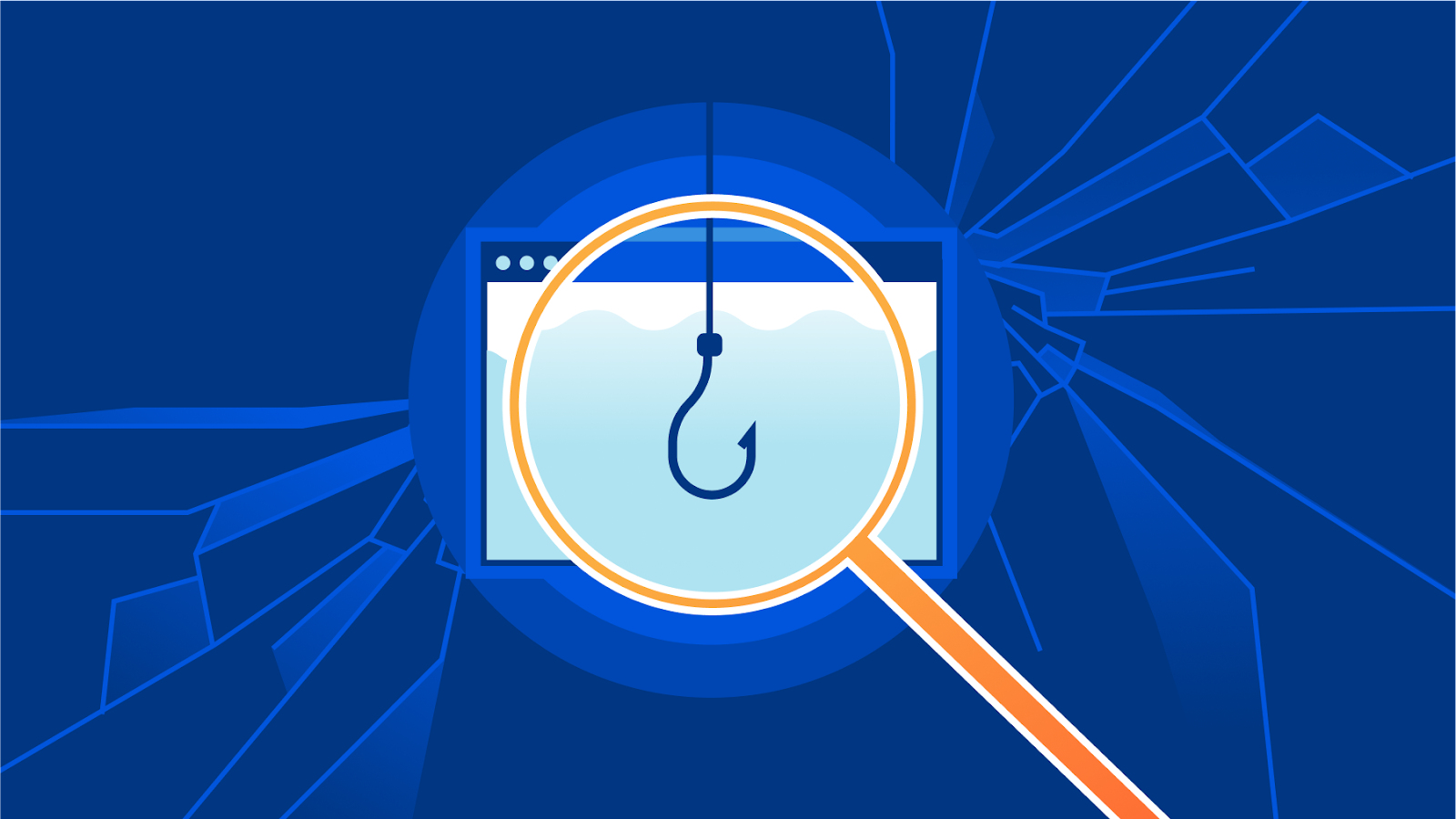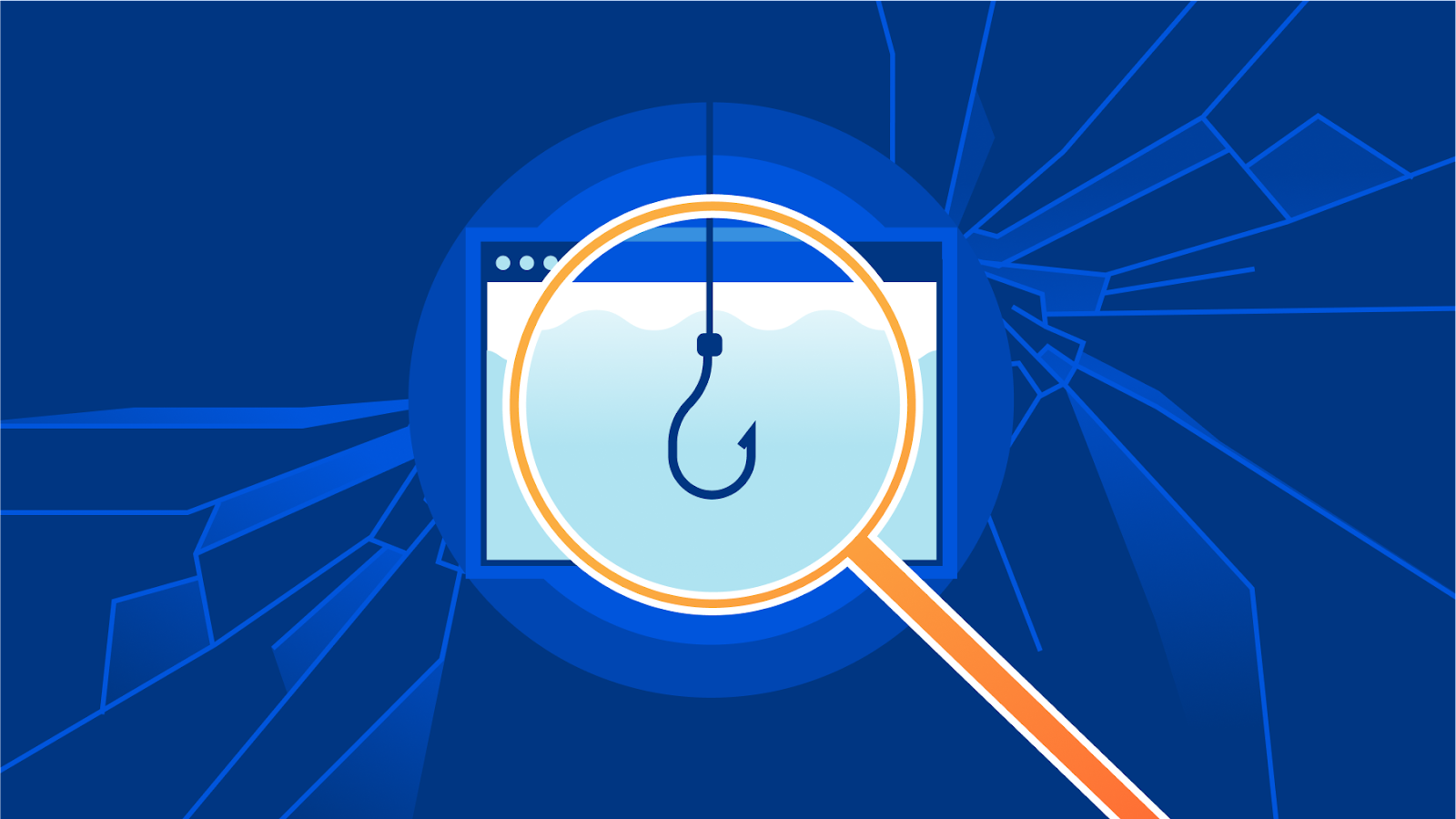Author Archives: Shalabh Mohan
Author Archives: Shalabh Mohan


By now, the news about what happened at Silicon Valley Bank (SVB) leading up to its collapse and takeover by the US Federal Government is well known. The rapid speed with which the collapse took place was surprising to many and the impact on organizations, both large and small, is expected to last a while.
Unfortunately, where everyone sees a tragic situation, threat actors see opportunity. We have seen this time and again - in order to breach trust and trick unsuspecting victims, threat actors overwhelmingly use topical events as lures. These follow the news cycle or known high profile events (The Super Bowl, March Madness, Tax Day, Black Friday sales, COVID-19, and on and on), since there is a greater likelihood of users falling for messages referencing what’s top of mind at any given moment.
The SVB news cycle makes for a similarly compelling topical event that threat actors can take advantage of; and it's crucial that organizations bolster their awareness campaigns and technical controls to help counter the eventual use of these tactics in upcoming attacks. It’s tragic that even as the FDIC is guaranteeing that SVB customers’ money is safe, bad actors are attempting to steal that Continue reading


Leaders and practitioners responsible for email security are faced with a few truths every day. It’s likely true that their email is cloud-delivered and comes with some built-in protection that does an OK job of stopping spam and commodity malware. It’s likely true that they have spent considerable time, money, and staffing on their Secure Email Gateway (SEG) to stop phishing, malware, and other email-borne threats. Despite this, it’s also true that email continues to be the most frequent source of Internet threats, with Deloitte research finding that 91% of all cyber attacks begin with phishing.
If anti-phishing and SEG services have both been around for so long, why do so many phish still get through? If you’re sympathetic to Occam’s razor, it’s because the SEG was not designed to protect the email environments of today, nor is it effective at reliably stopping today’s phishing attacks.
But if you need a stronger case than Occam delivers — then keep on reading.
The most prominent change within the email market is also what makes a traditional SEG redundant – the move to cloud-native email services. More than 85% of organizations are expected Continue reading

This post is also available in 简体中文, 日本語 and Español.

There is an implicit and unearned trust we place in our email communications. This realization — that an organization can't truly have a Zero Trust security posture without including email — was the driving force behind Cloudflare’s acquisition of Area 1 Security earlier this year. Today, we have taken our first step in this exciting journey of integrating Cloudflare Area 1 email security into our broader Cloudflare One platform. Cloudflare Secure Web Gateway customers can soon enable Remote Browser Isolation (RBI) for email links, giving them an unmatched level of protection from modern multi-channel email-based attacks.
Research from Cloudflare Area 1 found that nearly 10% of all observed malicious attacks involved credential harvesters, highlighting that victim identity is what threat actors usually seek. While commodity phishing attacks are blocked by existing security controls, modern attacks and payloads don’t have a set pattern that can reliably be matched with a block or quarantine rule. Additionally, with the growth of multi-channel phishing attacks, an effective email security solution needs the ability to detect blended campaigns spanning email and Web delivery, as well as deferred campaigns that are benign at delivery time, Continue reading